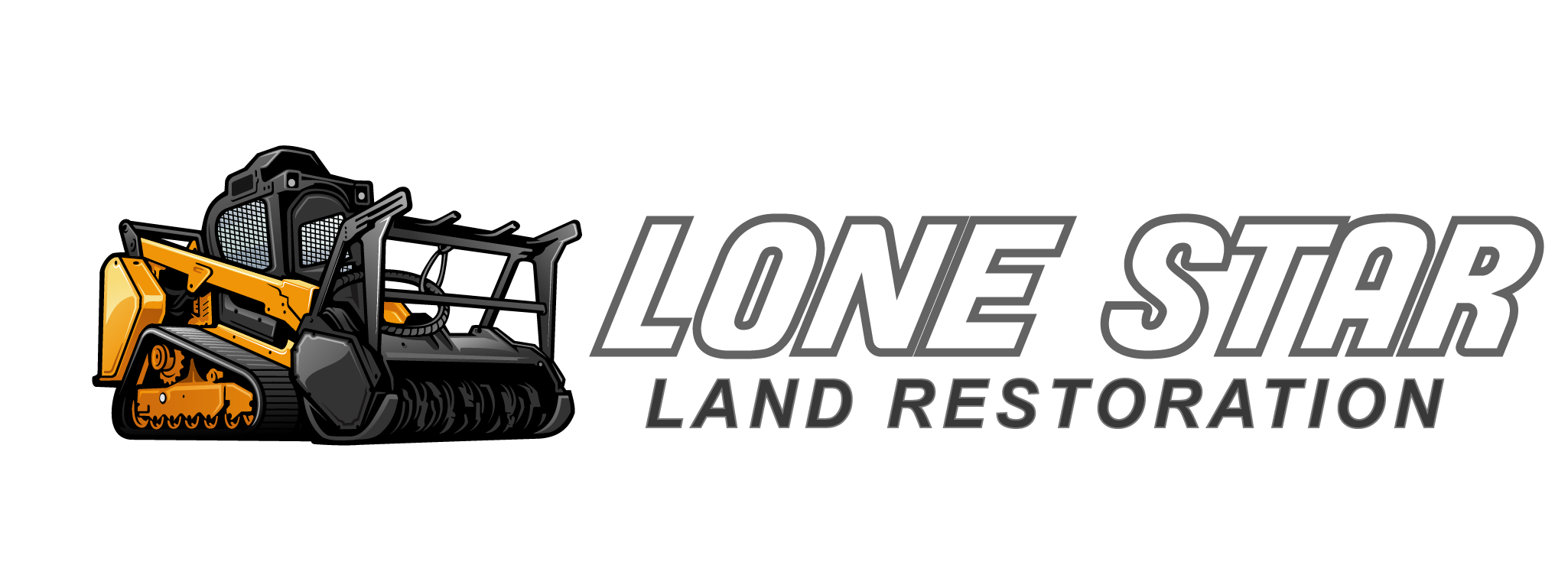Land Clearing Methods in Texas
- LoneStarLandRestoration
- Mar 28
- 2 min read

Clearing property is usually the first step in land management. In Texas, there are plenty of terrain types to consider. Different conditions, from cedar-choked pastures to rocky hills and sandy soil, call for different clearing strategies.
Suppose you're wondering about methods and where one works and where one doesn't; look no further. Lone Star Land Restoration has your answers.
1. Bulldozing (Grubbing and Dozing)
Best for: Big jobs with thick brush or lots of trees
Bulldozing is the heavy-hitter method. It uses powerful equipment to push over everything, like trees, brush, and stumps. Fast? Yes. Clean? Not exactly. It gets the job done, but you'll likely need follow-up work to clean up what's left behind.
Pros:
Clears large areas quickly
Knocks out big trees and dense brush
Cons:
Tears up topsoil
It leaves a lot of debris behind
2. Forestry Mulching
Best for: Selective clearing and erosion-prone areas
Forestry mulching grinds down vegetation on the spot, turning it into mulch that covers and protects the soil. It's cleaner and easier on the land, and you don't need to haul off debris.
Pros:
Leaves mulch behind as ground cover
Minimal soil disturbance
Ideal for wildlife-friendly projects
Cons:
Not the fastest for considerable acreage
Doesn't always take out stumps fully
3. Hand Clearing
Best for: Precision work in small or sensitive areas
When you need to be selective, save a few trees, or clear around a fence line, hand clearing is the way to go. It's all about control, using chainsaws and hand tools instead of machines.
Pros:
High precision
Great for protecting specific vegetation
Cons:
Time- and labor-intensive
It is not realistic for large properties
4. Controlled Burning
Best for: Pasture prep and native grass restoration
Controlled burns, when done safely and legally, can clean up undergrowth fast and boost soil nutrients. But this one's not a DIY job; you'll need permits and pros who know what they're doing.
Pros:
Quick and natural method
Adds nutrients back to the soil
Cons:
High risk during dry or windy seasons
Strict regulations and safety planning are required
5. Excavation and Grading
Best for: Building projects and land leveling
Do you need a foundation-ready pad or a slope fixed for drainage? Excavation and grading go beyond clearing, they reshape your land to suit your plans.
Pros:
Levels and preps land for construction
Helps with water management
Cons:
More expensive
Heavy machinery can compact soil
What's the Right Land Clearing Method?
Texas's land is as varied as it gets; what works in one area might wreck another. The method you choose makes a difference. Some are fast but messy, some are tidy but slower, others take effort, and some shape land but have higher costs.
Each method has a risk and a reward. It all depends on what you need. Many times, a mix of methods is the best bet. Think about your goals, the land itself, and how much time or budget you've got.
Land management works with the land, not against it.

Comentários